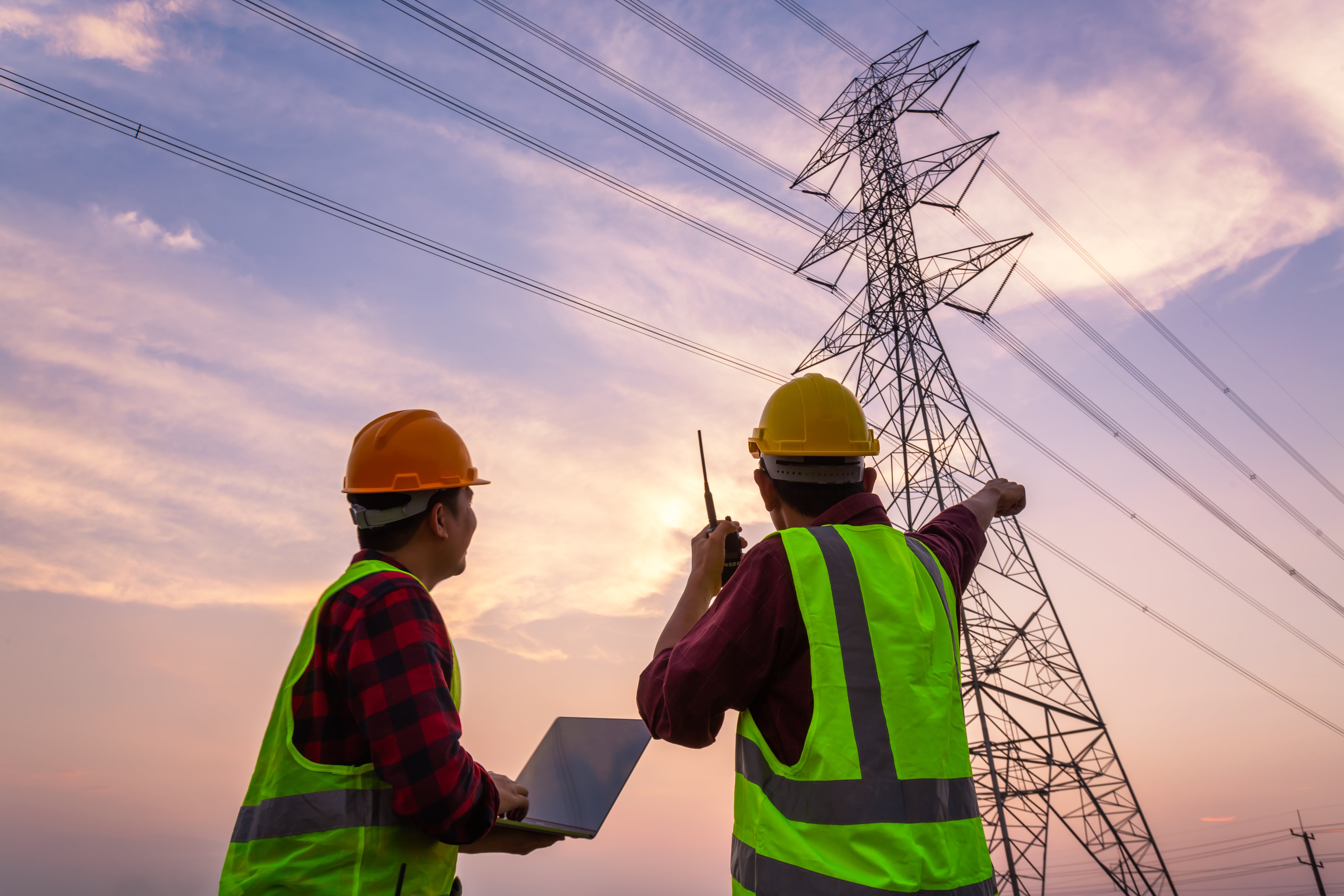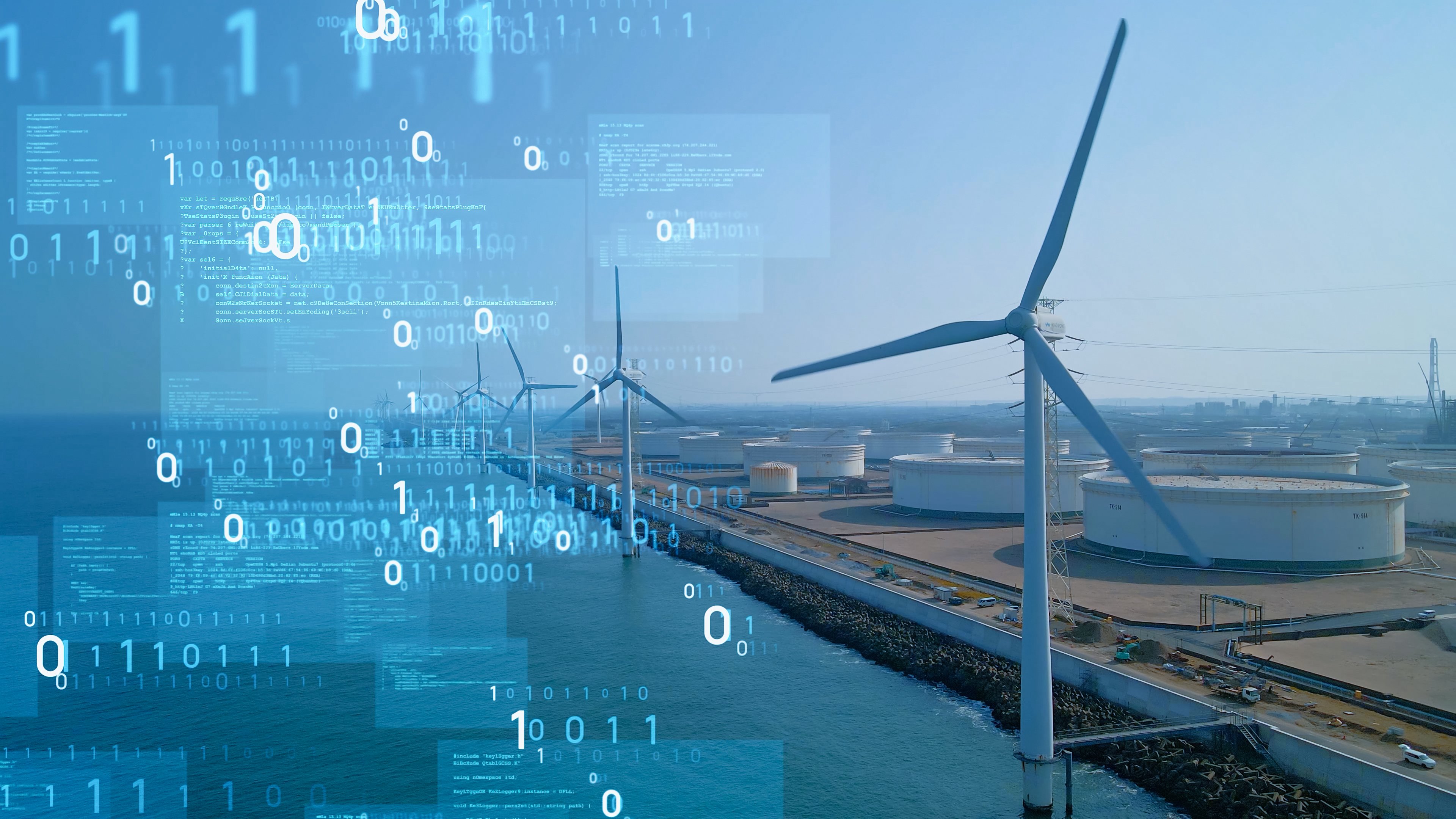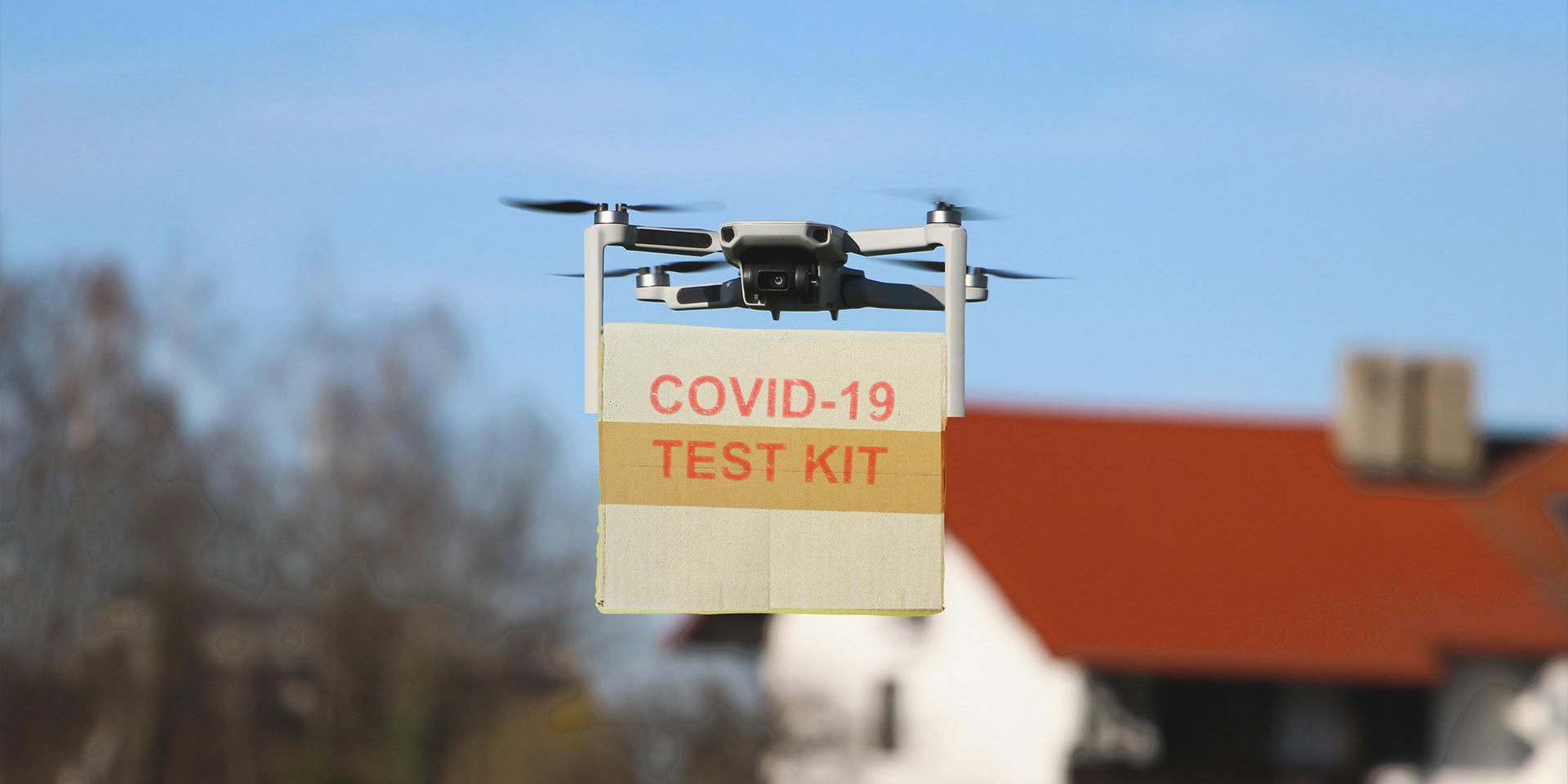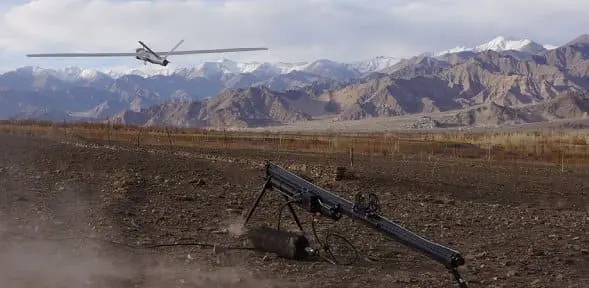During the 1890s, urban population in cities like New York and London faced a rather unusual crisis called “the great horse manure crisis” caused due to horse-driven carriages. These cities were inundated each day with tons of manure from thousands of horses, causing foul smell and posing significant health hazards. The birth of modern cars in the early 20th century was celebrated not just as a transportation wonder, but also as a great invention providing relief from the horse manure crisis. Little did anyone know at that point that 100 years later emissions from cars would become one of the primary reasons for a much larger crisis called the “climate change.”
The automobile industry, however, is not the only one to attract this blame. Looking at the world today, it would appear that the bulk of the climate-change issues are attributable to what were once engineering marvels the kind fantasies are made of—power generation, manufacturing, construction and heavy engineering, transportation (land, sea and air), and more. Needless to say, the onus of solving the climate-change problem, to a large degree, falls on the engineering research and development (ER&D) community.
Take a look at the following statistics from the Intergovernmental Panel on Climate Change (IPCC), on global greenhouse gas emissions by economic sector.

It is quite evident that the energy sector is the highest greenhouse gas contributor at 35%, the bulk of which comes directly from burning coal, natural gas, and oil to generate electricity and heat. Agriculture (cultivation of crops and livestock) and deforestation, are the next biggest contributors, followed by industry and transportation which are driven by fossil-fuel requirements.
There are several ways to address emission challenges, however, practical hurdles tend to slow down the development of solutions. For instance, in off highway equipments, exhaust aftertreatment requires seamless integration of various systems and sub-systems with the engine to achieve the desired emission levels— and this continues to be a complex engineering challenge for engine manufacturers. At Cyient, we have worked on 20+ engine integration projects to reduce emissions substantially, and I believe that several other engineering firms are also working to develop effective solutions.
As stated, our past inventions are the primary reasons for our current global greenhouse emissions. The engineering community can address these issues only by ensuring that we consciously come up with technological innovations that promote environment friendliness. Some examples of the innovative technologies and solutions that promise to reduce global warming include:
- Electric cars from Tesla with a 275-mile range on a single recharge
- Cheaper solar energy costing 60 cents a watt today as compared with $150 a watt 30 years ago
- Green concrete to reduce global carbon emission from cement production
- LED lights with reduced power consumption compared to the traditional bulbs
- Light-trapping photovoltaic cells making solar energy as competitive as fossil fuels
- Bike-share programs like those in Washington, Paris, and London
The recently concluded Paris climate change agreement is only a hope, but a better and much-needed approach to address environmental sustainability starts at the grassroots, with every individual stepping forward to combat the problem. As simple initiatives, we must focus on reducing our daily energy consumption, migrating to renewable resources, using greener transportation, and adopting eco-friendly technologies in our daily lives. A collective problem requires a collective solution.













Let Us Know What You Thought about this Post.
Put your Comment Below.